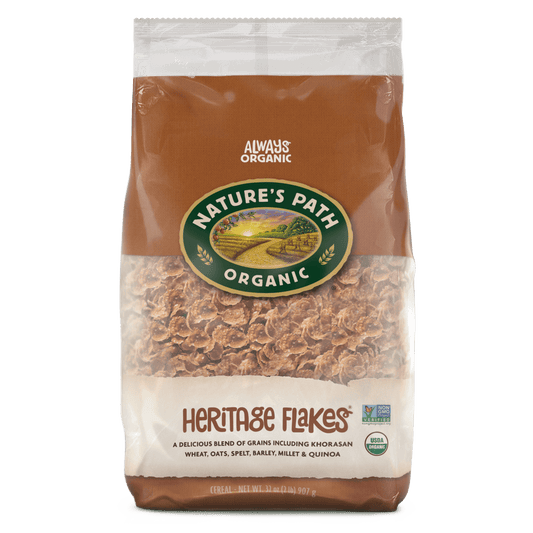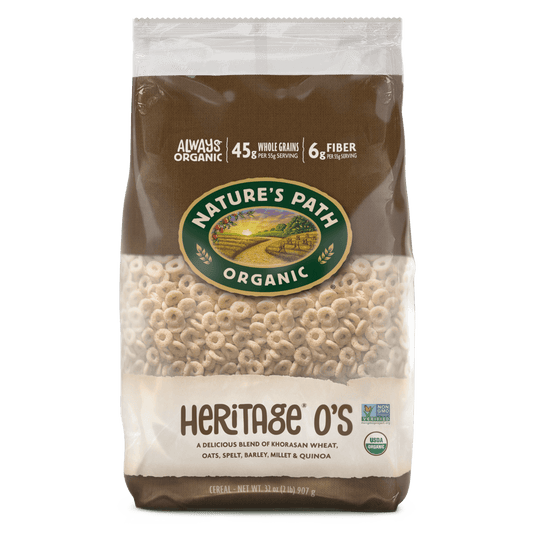Green Guerillas
Though it sounds radical, guerilla gardening is not an overtly political or polarizing endeavor. Its objective is simple: transform unused land into gardens. People all over the globe are drawn to this humble mission and are taking up arms in the form of shovels, compost, plants, bulbs, and seed bombs in an attempt to bring their communities back to life. While history is full of resourceful gardeners making use of the space they have, guerilla gardening as we know it today began in New York City in 1973. Disturbed by the ugliness of an abandoned lot, a group of neighbors decided to plant it, transforming its derelict presence into a place of beauty and community gathering. The group did not have permission to plant the lot, so they coined themselves the Green Guerillas, a nod to their horticultural brand of insubordination. The Green Guerillas also planted the medians of busy streets with flowers, hung planter boxes on abandoned buildings, and threw “seed green-aids” – packets of compost, fertilizer, seeds, and water contained in water balloons or old Christmas ornaments – over the fences of vacant lots. Upon landing the packets would burst, giving the seeds a decent chance of survival, even without the help of a gardener. Though planting this way is illegal, neighbors don’t tend to call it in and police. When they do come across it, they usually don’t interfere as long as no other vandalism takes place. City councils also tend to sanctify the practice as a form of community gardening rather than prosecute it as an illegal activity. Even so, guerilla gardeners always garden at their own risk.Seed Bomb Revolution
Without intending to, the Green Guerillas laid a blueprint for a new generation of guerilla gardeners. The movement has taken root in urban settings throughout the world, from edible gardens in L.A. food deserts, daffodils and cornflowers along busy London streets, and moss graffiti in Washington D.C., to sunflowers all over Brussels and beyond. Communities in India use similar tactics to plant trees, taking action against the country’s severe deforestation threat.Benefits of Guerilla Gardens
More greenspace is always a good thing, especially in crowded and heavily concretized urban areas. Not only do guerilla gardens provide beautification and the mental benefits that come with it, they strengthen community pride, provide a source of fresh food (in the case of edible gardens), and bring strangers together for a common (and by most accounts harmless) goal. More flowers blooming means more habitat and food for beneficial insects and pollinators, a boon for all gardeners, guerilla or otherwise.Make Your Own Seed Bombs
- 2 parts compost or potting soil, sifted through 1/4-inch mesh
- 1 part pottery clay, or clay soil (if you have it and it’s sticky enough) dug from your backyard
- Enough additional water to create a biscuit-dough consistency
- Seeds - Creating your own custom blend by mixing together a few seed packets (or seeds you save from your garden) is a better alternative to buying “wildflower” mixes, which often contain weedy or invasive species that could cause trouble down the road. Good choices include drought-tolerant flowers (sunflower, snapdragons, calendula, or coneflower), edibles (lettuce, spinach, kale, radish, or tomato), or plants that are native to your area (try this Native Plant Finder tool)
Optional:
Kelp meal (helps germination) Organic fertilizer blend (to feed young plants)- Sift the compost / soil mix / kelp meal & fertilizer (if using) together and blend well. Add the clay in clumps and knead everything together, breaking apart the clay with your fingers until it is evenly distributed. As needed, add water a little at a time until the mixture sticks to itself but is not slimy or wet.
- Pinch off a tablespoon-sized clump and flatten slightly. Place a pinch of seeds in the center, close the clay around it and roll between your palms into a marble-size ball, then roll the outside in more seeds, pressing down to make sure they are set into the compost/clay mix.
- For best results, let dry at least 48 hours before throwing. You can store seed bombs up to 6 months in a sealed container – be certain they are fully dry before storing.
Using Your Seed Bombs
Seed bombs are designed to survive adverse conditions. However, following a few simple tips will increase their chances of thriving where they land:Cultivate when you can
Seed bombs are a particularly good way to plant native species. While it’s true for all seed bombs, it’s especially so for native plant bombs: if you are able, weeding and loosening the soil where you intend to plant will greatly increase your chances of success. Plant the seed bombs by nestling them halfway into the cultivated soil, leaving about six inches between each bomb to allow the new plants space to grow. Water the site once the plants have germinated and in their first couple of seasons.Aim for bare soil
Few plants have the ability to grow on asphalt or compete with a jungle of established weeds. If you are attempting to reclaim an overgrown spot and can’t weed it ahead of time, throw your seed bombs in early spring before the existing plants have woken up.Throw in the right season
Seed bombs need water and moderate temperatures to succeed. Throwing them in the middle of a drought will decrease their chances of surviving. Fall and spring tend to be the best times to distribute seed bombs.Quantity over quality
In the wild, plants produce thousands of seeds with the hope of a few making it into adulthood, a lesson guerilla gardeners are wise to heed. Don’t expect all of your seed bombs to grow into mature plants. Rather than making perfectly round and beautiful seed bombs, make a lot of them. The more you distribute, the better your chances are of them sprouting into a garden.Seed bombs as gifts
Seed bombs have become a popular gift. You can imprint them with stamps while still wet or paint them with water-based paints to spruce them up for gift-giving. Be sure the seed bombs are fully dry before packaging them, as they will mold if put into an airtight container while still damp.Would you like to be the first to hear about our new products and more? Sign up for our Nature’s Path Newsletter.








